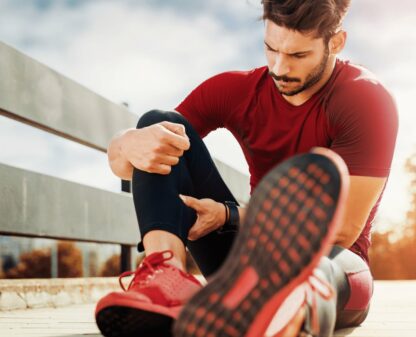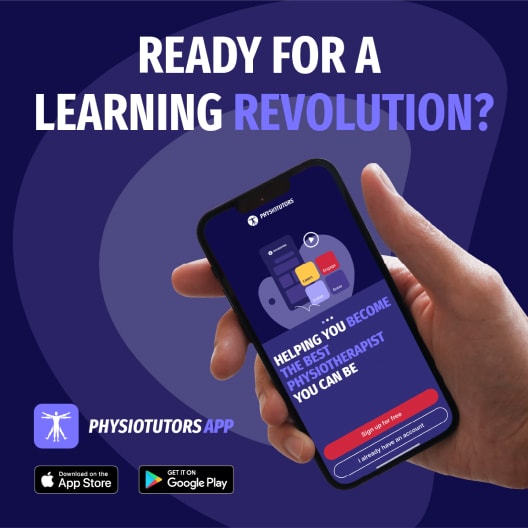Assessing Leg Extensor Power Through Functional Performance Tests
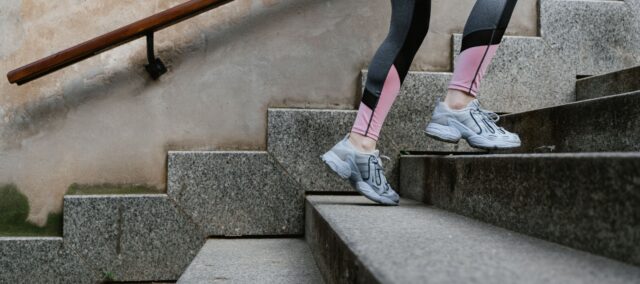
Introduction
Physiotherapists working in private clinics and on-field settings may not have access to specialized equipment to measure strength and power, even though this information is indispensable for making their daily decisions. To overcome this, a lot of functional performance tests have come to life, assuming that they can be a good proxy of someone’s capabilities. These assumptions must be confirmed before any meaning can be given to these tests. In older adults between 60 and 93 years of age, Alcazar et al. (2020) found that the 30-second chair stand functional performance test achieved a good association with lower limb power. The question remains if this would be the case in a younger population. Therefore, in this study, the association between maximal leg extensor power and three functional tests was evaluated in a sample of adults between 18 and 50 years of age.
Methods
Healthy participants between 18 and 50 years old, who were free of any lower limb injuries, were eligible for this cross-sectional study. The authors were interested in knowing whether the measurement of maximal leg extensor power is associated with functional performance tests.
The unilateral maximal leg extensor power was measured using the Nottingham Power Rig, which serves as a gold standard measurement. The test required the participants to be seated upright with their arms crossed over their chest. They had to kick the pedal as hard and as fast as possible to get a unilateral explosive combined hip and knee extension movement. A minimum of five trials were performed per side, with 30-second breaks in between. The test was concluded in case the fourth or the fifth trial did not exceed the previous highest leg extensor power output. The obtained leg extensor power was expressed in watts and normalized to body weight.
This gold standard measurement was compared with the following functional performance tests:
- 5-repetition sit-to-stand test: The time for the participant to perform 5 sit-to-stand trials as fast as possible was registered. Each leg was tested once.
- 30-second sit-to-stand test: In thirty seconds, the participant performed as many repetitions of the sit-to-stand movement as possible. Each leg was tested once.
- Hop for distance: The maximal distance between the starting line and the heel of the foot upon landing was measured. Participants were instructed to jump as far as possible on one leg with their hands behind their backs and to balance for 3 seconds after landing. Three trials were performed on each leg, alternating between the left and right leg.
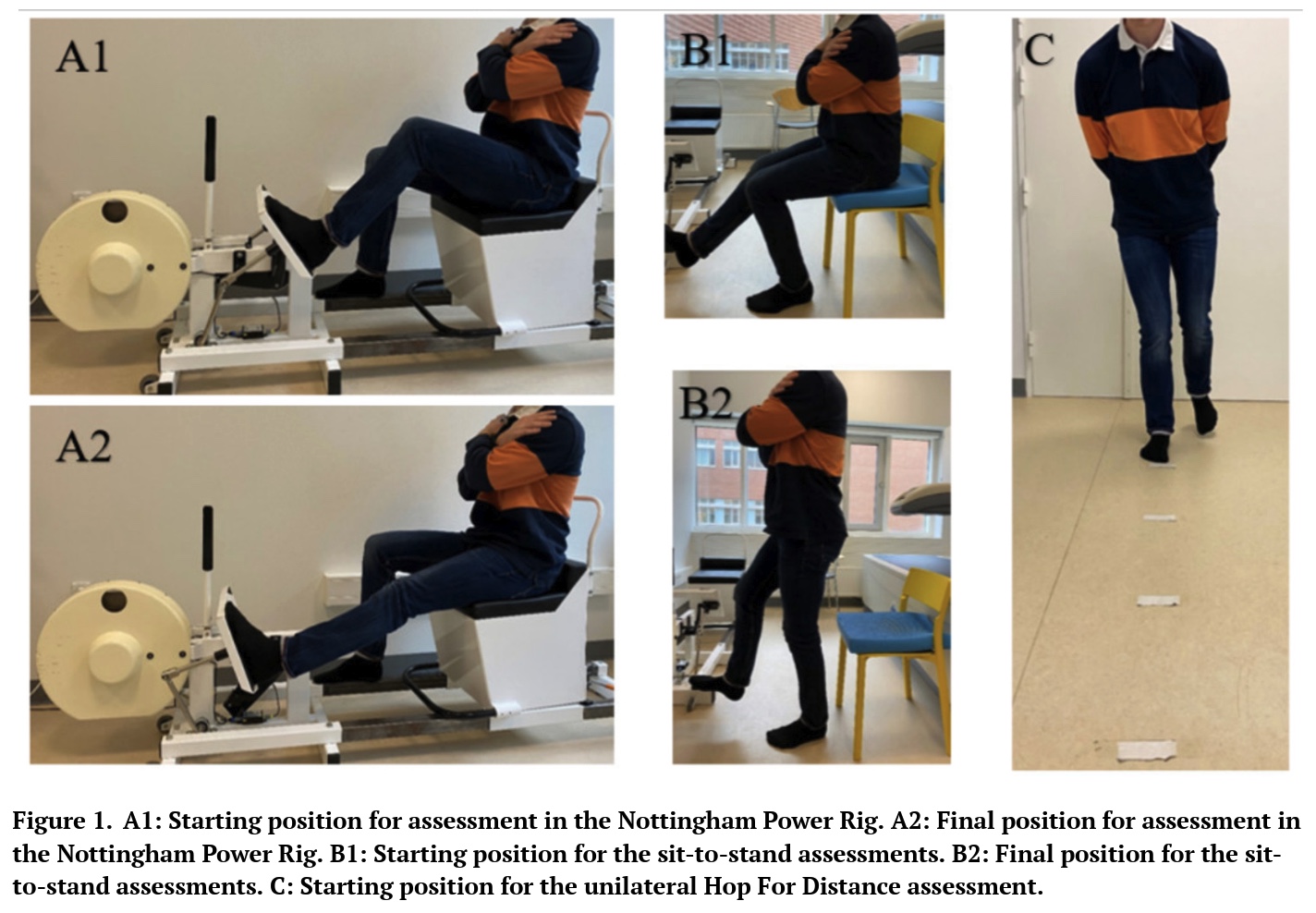
The participants’ self-reported physical activity was measured using the Short Questionnaire to AssesS Health-enhancing physical activity (SQUASH). This questionnaire measures the duration and intensity of physical activity in commuting, leisure, household and work or school activities. Participants were asked to report the effort required to complete these activities. A metabolic equivalent was assigned to each sport activity to classify activities into light (2 to 4 MET), moderate (4 to 6.5 MET) or vigorous intensities (≥ 6.5 MET).
The correlation between the outcomes was rated as follows:
- 0.0-0.3: Negligible
- 0.3-0.5: Low
- 0.5-0.7: Moderate
- 0.7-0.9: High
- 0.9-1.0: Very high
Results
This prospective cohort study included 52 participants, including 27 males and 25 females. They were on average 30 years old and had a BMI of 24.2 kg/m2.

The number of repetitions showed a difference between the dominant and nondominant leg for the 30-second sit-to-stand test, but not for the other outcomes.

The correlation analyses found some statistically significant findings, but closer inspection revealed only negligible to low correlations between the different functional performance tests and both the maximal leg extensor power on the dominant and the nondominant legs.
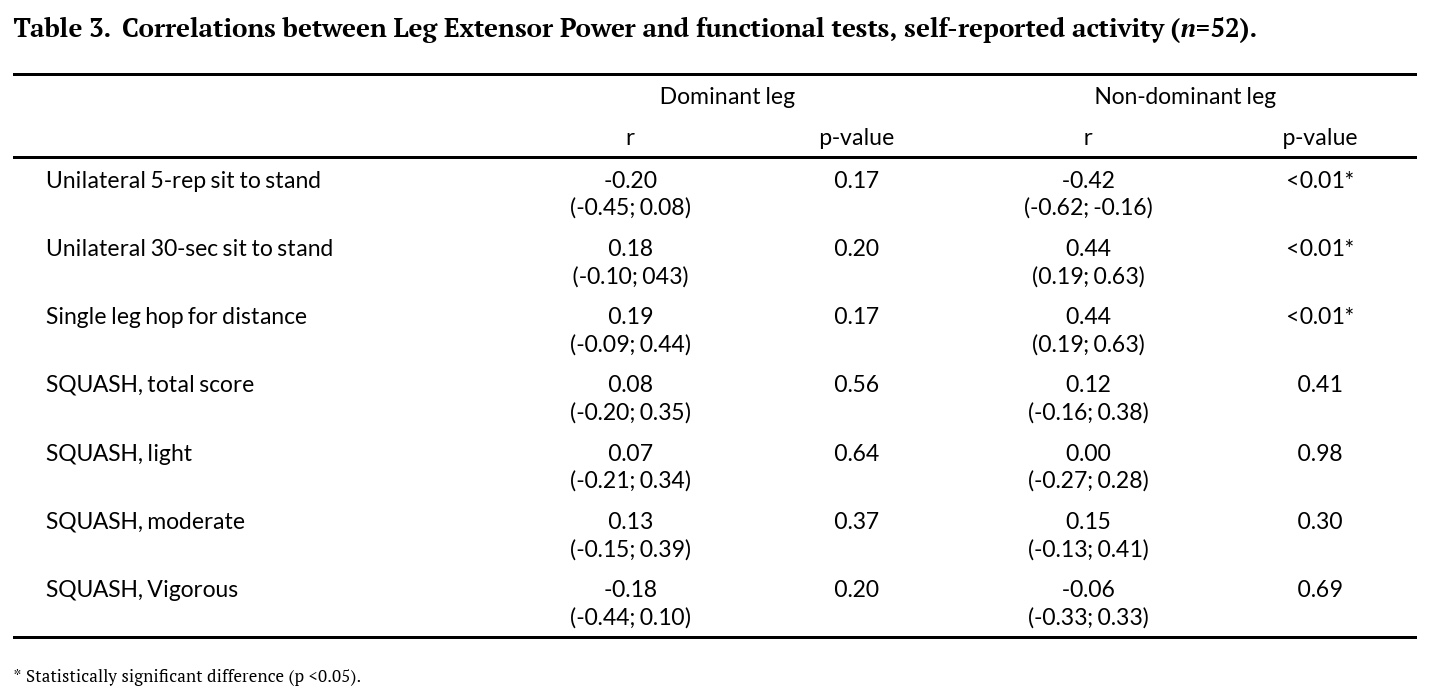
For example:
The unilateral 5-repetition sit-to-stand test demonstrated a correlation coefficient of -0.42 and a p-value p<0.01 on the nondominant leg, indicating significance. Yet the correlation coefficient is low since it falls within the 0.3-0.5 range. Although significant, the low correlation is likely not meaningful.

Questions and thoughts
No important associations were found between the gold standard and the three functional performance tests. Should we then assume that these functional tests are useless? I don’t think so, because it can also be the other way around: maybe those tests don’t reflect what the gold standard measures. The consecutive repetitions in the sit-to-stand tests, especially the 30-second sit-to-stand test, mean that performance is increasingly affected by fatigue. Maximal leg extensor power as measured by the Nottingham power rig is designed to minimize the influence of by providing rest between maximal trials. Therefore, a test heavily influenced by fatigue (like the 30-second sit-to-stand test is less likely to correlate strongly with a measure designed to capture peak power without significant fatigue.
Also, the positions in which the tests are conducted are very different. The Nottingham power rig requires the participant to be seated while the functional performance tests are conducted in a standing position. Furthermore, the participant is in a more static position in the Nottingham power rig and the sit-to-stand tests, while the hop for distance requires an explosive dynamic movement to occur. The functional tests are not simply measuring the same maximal leg extensor power as the Nottingham power rig; they are measuring performance on tasks that require muscle power but are also influenced by other physical capabilities.
While the participant is seated in the gold standard measurement, the unilateral sit-to-stand tests are performed standing on one leg, implying that the participant has to actively balance throughout the test. Therefore, it can be the case that two different constructs are measured. Where the Nottingham power rig, as the gold standard in this study, may reflect true maximal leg extensor power, the sit-to-stand tests are influenced by postural control and dynamic balance and may more reflect how muscle strength is used dynamically instead of being a true reflection of muscle power. It may also not reflect your maximal extensor power, since I assume that standing up 5 times would not cause you to reach your limits.
Another important aspect to bear in mind is the different population in which this study is conducted. In Alcazar’s study, where a significant association was found between 30-second sit-to-stand and leg extensor power, older people between 60 and 93 years old were included. The current study had a much younger population, between 18 and 50, with the mean age being 30 years old. A slight difference in the execution of the sit-to-stand tests can also have occurred since the height of the chair was brought to 50cm instead of 45cm as in Alcazar’s study. This difference can have resulted in less range of motion during the sit-to-stand tasks, making it easier for most individuals to complete more repetitions. Also, in Figure 1, you can observe that a foam pad was used to increase the chair height, but this cushion is a movable object that can have implications for repeatability.
The correlation analysis showed asymmetry between the dominant and nondominant legs. This is especially remarkable since it was a healthy population that was included.
- On the dominant leg, the correlations between maximal leg extensor power and all functional tests were consistently negligible and not statistically significant.
- On the non-dominant leg, the correlations between maximal leg extensor power and all three functional tests were low, but statistically significant. There was a low inverse correlation with 5-repetition sit-to-stand and low positive correlations with 30-second sit-to-stand and hop for distance test.
This difference in the significance of correlations between the dominant and non-dominant legs is a key asymmetry highlighted by the study. It suggests that the relationship between maximal leg extensor power and these functional tests differs depending on whether the dominant or non-dominant limb is being assessed.
Talk nerdy to me
The sample size was estimated based on the rules of thumb based on Van Voorhis and Morgan (2007). It’s important to understand that a rule of thumb is a simplified guideline, not a rigorous, pre-study power analysis. A formal power analysis would typically involve specifying an expected effect size (e.g., the strength of correlation they hoped to detect), desired power (e.g., 80%), and alpha level (e.g., 0.05) to calculate a precise minimum sample size. This indicates that the study’s sample size was chosen based on a pragmatic guideline for correlation research, rather than a more complex, individualized power calculation, a limitation the authors acknowledged.
No inter-rater reliability was assessed, despite three different examiners being responsible for taking the measurements. The authors pointed out that the procedures were according to a pre-defined protocol, but without referencing the document.
While the authors normalized power to body weight to allow comparison of the results between participants, no adaptations were made to the chair height. Using the same chair height for every participant, irrespective of their leg length or total height, may have serious implications for the comparability of the outcomes between participants of taller and shorter heights. There do exist equations to take into account chair height, however, allowing for each participant to adapt the chair to their own height and to minimize the possibility of having a more advantageous or disadvantageous position at the start of the test.
The SQUASH activity scores demonstrated no significant correlation with maximal leg extensor power. Meaning that self-reported physical activity, as measured by the SQUASH questionnaire, has no relationship with objectively measured maximal leg extensor power in healthy adults. This means that a person’s reported level of physical activity doesn’t indicate how much power their leg muscles can generate in a maximal effort, and vice versa. They are likely measuring different constructs, and one cannot be used as a proxy for the other.
The inclusion of a healthy population limits generalizability to patient populations. Likewise, the relatively young population has to be considered when interpreting these findings. In older adults, better correlations appear to exist.
Take-home messages
The functional performance tests do not correlate with maximal leg extensor power in younger adults. They can not be used as a proxy for estimating someone’s maximal leg extensor power.
Commonly used unilateral functional tests like the 5-repetition sit-to-stand, 30-second sit-to-stand, and Hop For Distance do not appear to be reliable indicators of maximal leg extensor power as measured by a gold-standard power rig. The study found only negligible to low correlations. While these functional tests are practical and can assess performance on specific tasks involving a combination of power, endurance, balance, and coordination, they should not be used as direct proxies for maximal muscle power. Objective, isolated power assessments may be necessary for a true measure of maximal leg extensor power.
Reference
Learn more
WHAT TO LOOK FOR TO PREVENT HAMSTRING, CALF & QUADRICEPS INJURIES
Whether you’re working with high-level or amateur athletes you don’t want to miss these risk factors which could expose them to higher risk of injury. This webinar will enable you to spot those risk factors to work on them during rehab!
